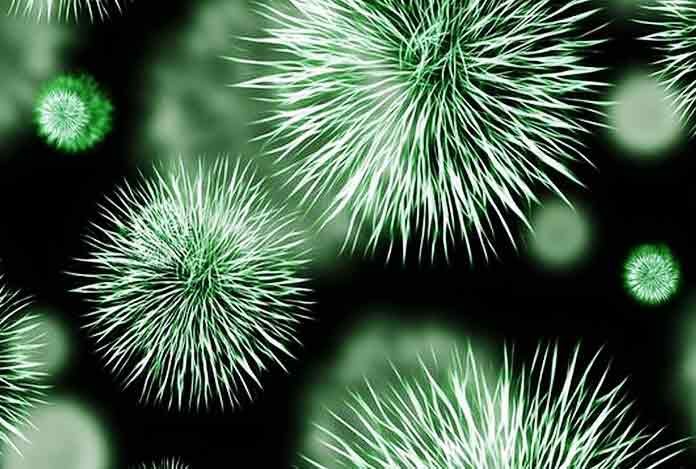
Overview and Facts
Chlamydia is a sexually transmitted infection (STI) caused by the bacteria Chlamydia trachomatis. The disease is transmitted through sexual contact. People who are involved in unprotected sex are more prone to this infection. The symptoms of chlamydia are not usually visible in early stages, making it difficult for a person to identify that he or she is suffering from the infection. Also, as the symptoms appear at later stages of the infection, the infection may be unknowingly passed to another person. Chlamydia is one of the most common STIs. It is found that 75% of the infections in women and 50% in man do not show any symptom.
People usually have a very casual approach towards chlamydia; this may be because they are not aware of the severity of the infection. If not treated, it may cause severe health issues, such as preventing women to become pregnant and sometimes harming their pregnancies. Chlamydia can be a severe threat to infants as it can cause pneumonia and eye infection at the time of birth.
If you have unprotected sex with others and you are not aware of his SIT status, you must go for a test for chlamydia. In some cases, it has been seen that the person who is suffering from chlamydia did not have any clue about being infected with the disease, but when he or she underwent a checkup after unprotected sex, was found infected with chlamydia.
If you find that you are infected with the disease, you need not worry much as it can be cured if mediation is given at early stage. Oral antibiotics are generally preferred for the treatment of chlamydia.
Some Quick Statistical Facts:
- Seven out of every ten people in England are infected with chlamydia. These infected group of people are below age 25.
- In 2013, around 0.2 million people in England were found chlamydia positive.
- According to a report by the US government, 1600 men and 3800 women per 0.1 million population in the U.S. were infected with chlamydia.
- Chlamydia infection is considered as one of the major causes of eye and genital diseases.
- Chlamydia is three times more common than syphilis and 50 times more common than gonorrhea, also an STI.
Symptoms of Chlamydia
People who are suffering from chlamydia are not aware of it at an initial stage. The symptoms appear between the first and third week after developing the infection, and it may take a complete month in showing the symptoms.
Symptoms in women:
- Pain while urination
- Bleeding from vagina after sex
- Vaginal bleeding between periods
- Pain in the lower abdomen and fever
- Excess yellow or green vaginal discharge
- Pain while having sex
- Itching sensation in vagina
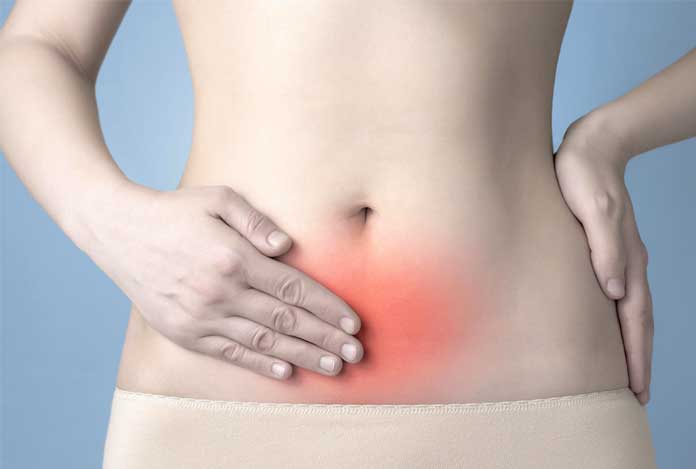
Symptoms in men:
- Pain while urination
- Cloudy, white discharge from penis
- Pain in testicles
- Pain in the rectum
- Discharge or bleeding from the rectum
- Swollen testicles

Risk Factors of Chlamydia
There are certain risk factors that are associated with chlamydia. They are:
- Becoming more sexually active before the age of 25
- Having more than one sexual partner
- Not using condom or latex to cover the genital parts while having oral, anal, or vaginal sex
- Having a history of sexually transmitted infections
- Using sex toys which are not well cleaned
- Avoiding regular health checkup

Do I have Chlamydia?
Most of the STIs have similar symptoms. For example, painful urination is a common symptom of trichomoniasis, gonorrhea, and chlamydia. Similarly, discharge from vagina or penis occur in both gonorrhea and chlamydia. Bleeding at the time of sexual intercourse is one of the characterized symptoms of trichomoniasis, Human papillomavirus (HPV) infection, and chlamydia. Whereas, bleeding between two menstrual cycles is the common symptom of gonorrhea and chlamydia. Hence, if you have any of these symptoms, you must visit a doctor to confirm if you are suffering from chlamydia. More specific diagnosis will confirm if you are suffering from chlamydia.
If you have frequent sex and don’t know about the SIT status of your partner, you need to consult a doctor. This would help you diagnose the disease on time and avoid its severe complications.
Causes and Prevention of Chlamydia
Causes of Chlamydia:
The factors that may cause chlamydia are:
- Practicing unprotected oral sex
- Practicing vaginal or anal sex without using condoms or latex
- Touching genitals together, causing the transmission of the bacteria
- Affected mothers may transmit the infection to their new-born babies at the time of birth, causing eye infections and pneumonia in the infant

Prevention of Chlamydia:
There are several ways by which a person can prevent himself or herself from contracting chlamydia. These are:
- Use condom or latex at the time anal or vaginal sex, if you are not sure if your partner is affected with STI
- Use condom and latex to cover the penis and vagina at the time of oral sex, or use dental dam for safe sex
- Ensure that the sex toy is clean before using it
- Avoid practicing sex with more than one partner
- Avoid sex for the time being if the partner is suffering from the disease and immediately start treatment
- Sexually active partners must go for frequent health checkup
- A pregnant lady suffering from chlamydia must go for a checkup, 3-4 months after delivery to check whether the infection has revisited.
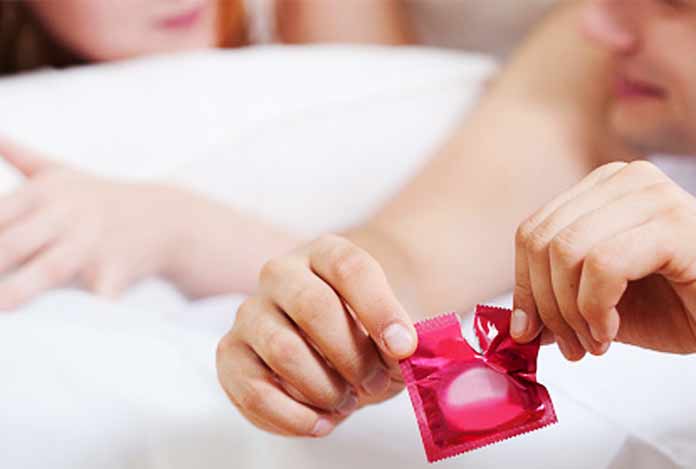
Diagnosis and Tests of Chlamydia
Since, the symptoms of this infection are not visible at early stages, the people mentioned below are advised to see a doctor on regular basis:
- Pregnant women
- Women below age 25
- Men and women who are more sexually active
The diagnosis of chlamydia at an early stage and its treatment on time may provide relief to the affected person. There are several methods to diagnose the infection. These are:
Nucleic Acid Amplification Test: This test is the most sensitive and accurate test used for the diagnosis of chlamydia. The test is performed with urine sample.
Chlamydia Culture: This test is performed to find the presence of the bacteria that causes the infection in the body. In this test, a fluid sample is taken from throat, rectum, eye, or urethra. The sample is added to certain cells that allow the growth of chlamydia. If the culture is positive, it means the chlamydia bacteria is present in the test sample. But, if the culture is negative, it shows that chlamydia bacteria are not present in the test sample. It may take 5 to 7 days to complete the test.
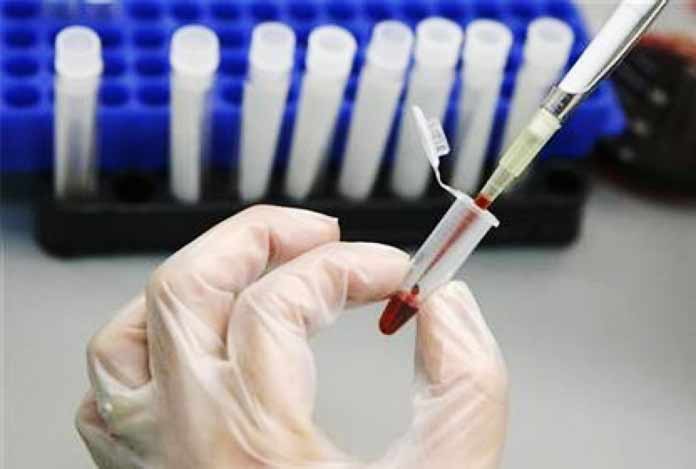
Treatment and Care of Chlamydia
Chlamydia is an infection that can be treated with antibiotics. The dosage of medication may vary from person to person. A patient may be asked to take the medication for one time, or you may be directed to take it multiple times in a day up to 10 days.
An affected person is advised not to indulge in any sexual activity until he or she recovers from the infection completely. The treatment process may take two weeks. But, the women who are suffering from pelvic inflammatory disease, may take longer time to recover. They might be hospitalized or advised undergo a surgery. They may also undergo antibiotic therapy depending on the level of severity.
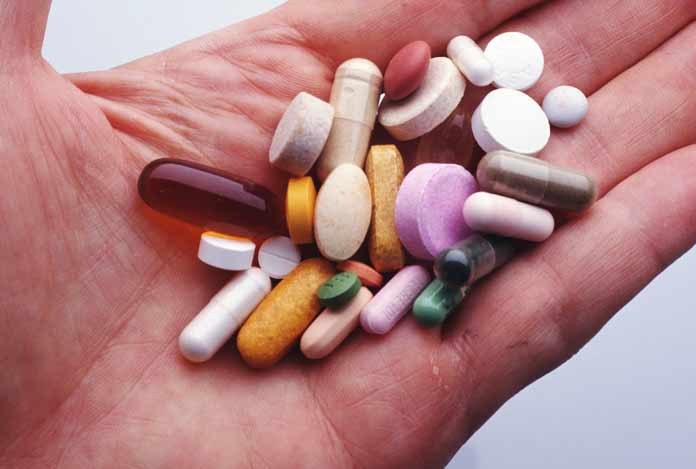
OTC Medication and Self-Management Methods for Chlamydia
There are OTC antibiotics available that may be taken if a person is found to be infected with chlamydia. These antibiotics include azithromycin and doxycycline. These OTC medications can be taken twice a day for a week or two.
There are certain self-management steps that can be taken to cure chlamydia:
- Stop having sex temporarily if either you or your partner is found to be infected
- Use clean sex toys
- Take medication on time as prescribed by the doctor. Don’t forget to take antibiotics in between even if the symptoms are gone

Natural Ways to Cure Chlamydia
There are certain natural ways to treat chlamydia. These include the consumption of the following:
Oregano Oil: Oregano is medicinally distilled to extract the oil. Carvacrol and thymol present in this oil help in the treatment of chlamydia. Researches have shown that carvacrol is effective against certain infection, cancer, and viruses. Adults can take up to 45 mg of oregano oil in the form of capsules, on daily basis, whereas pregnant women must avoid taking oregano oil.
Goldenseal: According to an article published in Alternative Medicine Review, goldenseal has an anti-microbial activity against virus and bacteria. It also works as a stimulant for the immune system. A research has revealed that taking goldenseal controls the symptoms of chlamydia.
Probiotics: The diet rich in probiotics, such as goat’s milk, yogurt, coconut kefir, amasai, fermented milk, and kombucha, a variety of fermented black or green tea, provides certain kind of bacteria in the body that fight against the harmful bacteria. This also helps in detoxification of the body, boost the energy level, and strengthens immune system.
Garlic: Researches revealed that allicin, a compound found in garlic, have anti-bacterial, anti-fungus, antiprotozoal, and antiviral effects that helps fight against chlamydia. For better results, well crushed or chopped garlic can be taken on a daily basis.
Echinacea: It is found to be more effective against sexually transmitted infection. It is also used in case of sore throat, cold, cough, and intestinal upset or pain. Researchers recommend using 10 mg of echinacea per kilogram of body weight per day for 10 days or more. For example, if a person weighs 60 kilograms, he can take 600 mg per day.

Health Tips by Expert
Since the symptoms of chlamydia are not visible at an early stage, people are advised to visit medical health clinics for regular health checkup. People who are more sexually active need to be more cautious about the contraction of the disease. If you are infected with the disease, you must take antibiotics for the effective treatment. You should always have protected sex to avoid developing the disease.




